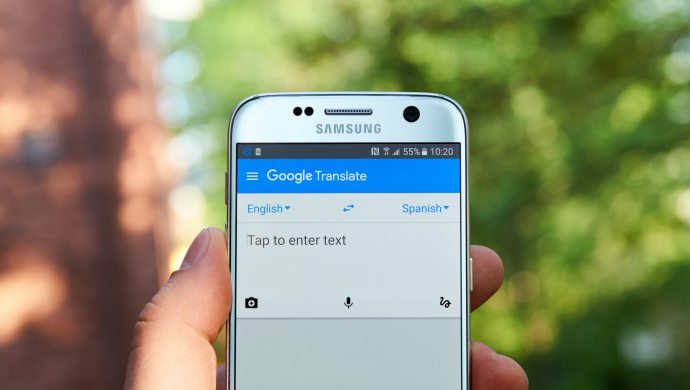Google Translate offers 103 languages, but rival services and apps have added machine translation for some others

There are plenty of languages Google has not yet added to its machine translation program, but they tend to be on the smaller end. Google Translate now has 103 languages in its repertoire and very few programs can possibly hope to compete with the giant. Microsoft Translator and Yandex.Translate have managed to add Native American and Russian languages, respectively, that Google has not. There are also others from India, China, and South Africa that Google has not gotten to but other players – big and small – have.
Here are ten languages Google still hasn’t added to Google Translate and where you can find them.
1. Burmese
Believe it or not Google has missed the main language of Myanmar, but one company has not: iTranslate. They don’t have the notoriety, but they purport to have 60 million downloads to their name. May of those might be in the Apple Store, as Google Play only records 5 million. The company is not affiliated with Apple, though they seem to have no issue using an endorsement from Apple COO Jeff Williams on their homepage.
Burmese has about 33 million speakers, a fairly large population but hardly close to the world’s top rankings.
Also Read: Tencent buys 5% share in Tesla, becoming one of the company’s largest shareholders
Despite an impressive effort, this non-speaker noticed that the vocabulary in the iTranslate Burmese memory bank is a bit lacking in English (the Hebrew example is far simpler).
2-4. Papiamento, Udmurt, Muri
The Russian answer to Google, Yandex is a search and internet giant in Moscow. They too have spent time developing their own open translation tool with a focus on deep learning techniques and technology that resembles Google Translate’s new neural-networking-based zero-shot translation.
These are three of the languages Yandex is currently beta testing that Google hasn’t added to their own system (four if you include the dialect Hill Mari). You can try them out here.
5. Jamaican
That ‘Ja man!’ accent of Jamaican English is unique among dialects, but some people point out it can be downright impossible to understand for some English speakers. Once you reach the point where two dialects within a given language are “mutually unintelligible” (as in speakers of either dialect cannot understand the other), then you are actually dealing with a wholly separate language. That’s the case with Patois (Patwah), or what some linguists call Jamaican Creole. It’s hardly a standardized language, but the prolifiicty of online conversations gives Patwah speakers plenty of opportunity to standardize spelling.
That’s where and jamaicanize.com and jamaicanpatwah.com come in handy as web portals to translate English and Patwah in either direction.
6. Setswana
Also known as Tswana, this southern African language has nearly 5 million speakers between Botswana and South Africa. TheWebValue, or TWV, has a Setswana-English translator app for Android, but the ratings are not exactly something to be proud about (1.8 out of 29 votes).
Also Read: Indian sports engagement platform Rooter raises funding from Intex; expanding to Southeast Asia
Another app called Thanodi by Intellegere Media fares better with a 4-star rating but hasn’t been updated since August 2013. This is an under-served language in need of some serious machine translation attention.
7-10. Wu (including Shanghainese), Min Chinese, Gan Chinese, and Cantonese
Learning and translating “Chinese” is in high demand with enterprise companies, ostensibly to reach the untapped market of ‘1 billion’ people throughout China. Often times it’s lost in the shuffle that “Chinese” as most English speakers know it is actually better dubbed “Mandarin Chinese,” and it is far from the only true language spoken in China. Cantonese, the main language of Hong Kong, has tens of millions of speakers beyond the 8 million or so residents of the Asian financial hub.
Simply called “乡音” or “Dialect,” this Android-available app calls itself a “dialect exchange platform” (according to Google Translate, ironically) and will translate written and even spoken examples of Shanghainese (a form of Wu spoken in the Shanghai region), Cantonese, and Min Chinese. It also includes data on dialects rather than what are arguably independent languages like southwestern Mandarin (a.k.a. Sichuanese, in the Sichuan and Chongqing provinces) and Shenyang Mandarin (among other Northeastern varieties).
—
Copyright: dennizn / 123RF Stock Photo
The article Indian sports engagement platform Rooter raises funding from Intex; expanding to Southeast Asia first appeared on Geektime.
The post 10 languages Google Translate has not added and where to find them appeared first on e27.